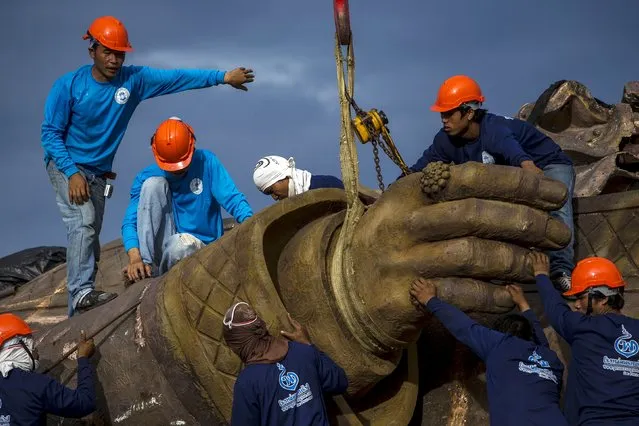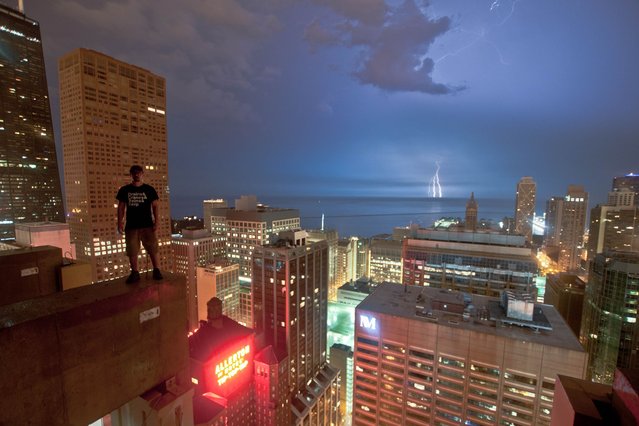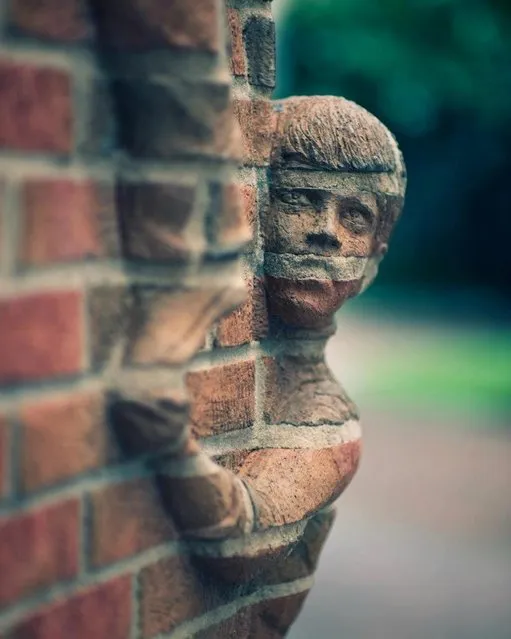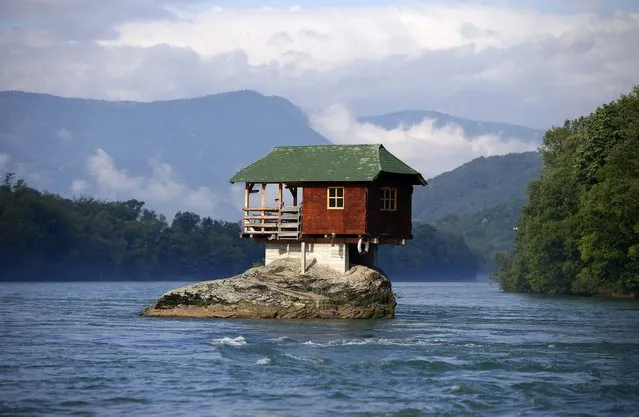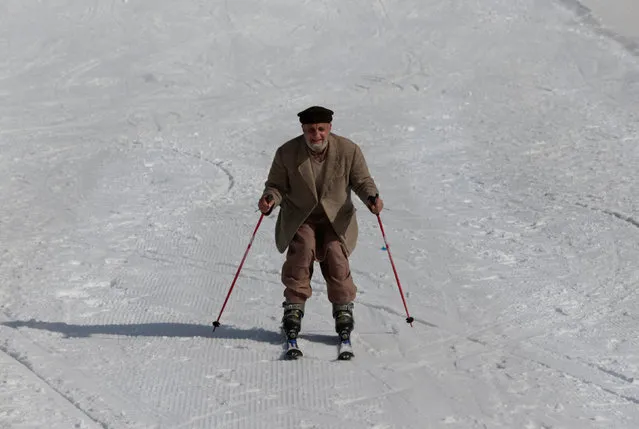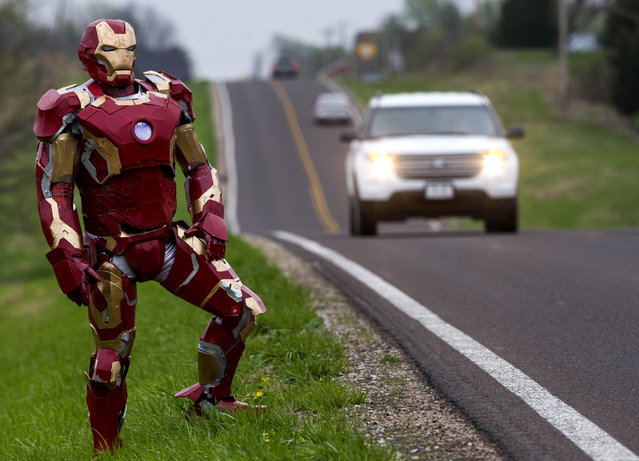
In this photo taken April 15, 2015, Clay Hielscher of Overbrook, Kan., poses for a photo in his home made Iron Man suit. While he enjoys building the battlesuits of his favorite super hero, Hielscher said the real reason he is so passionate about his pastime is his 11-year-old daughter, Kyrianna. They design and construct the suits together. (Photo by Chris Neal/AP Photo/The Topeka Capital-Journal)
16 May 2015 12:08:00,post received
0 comments

